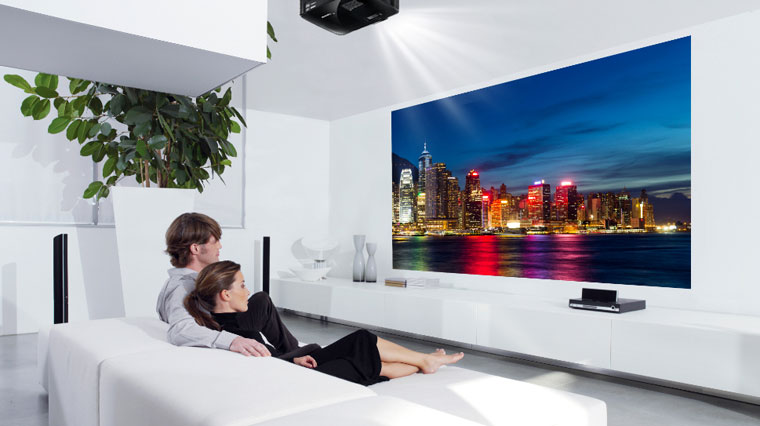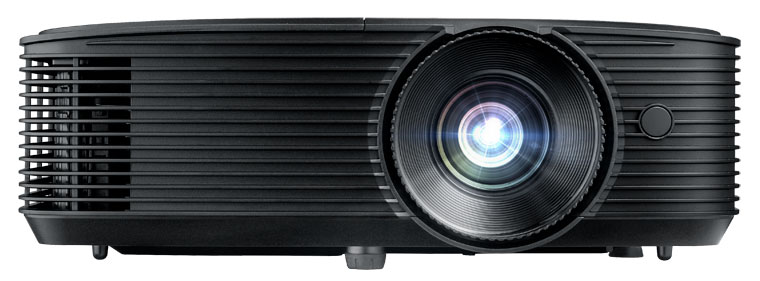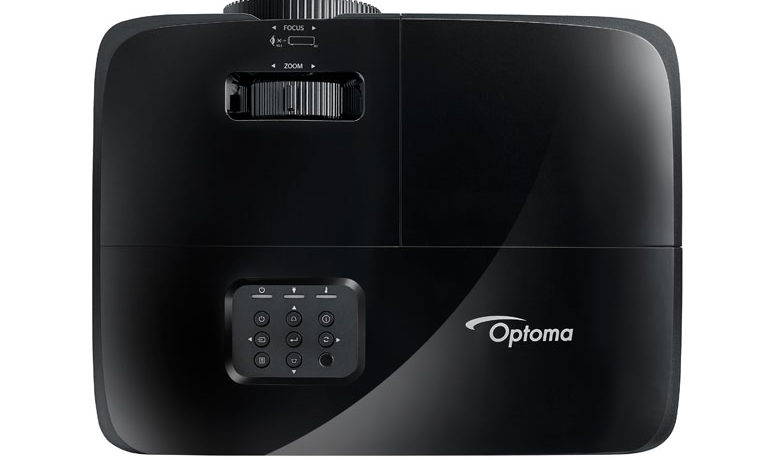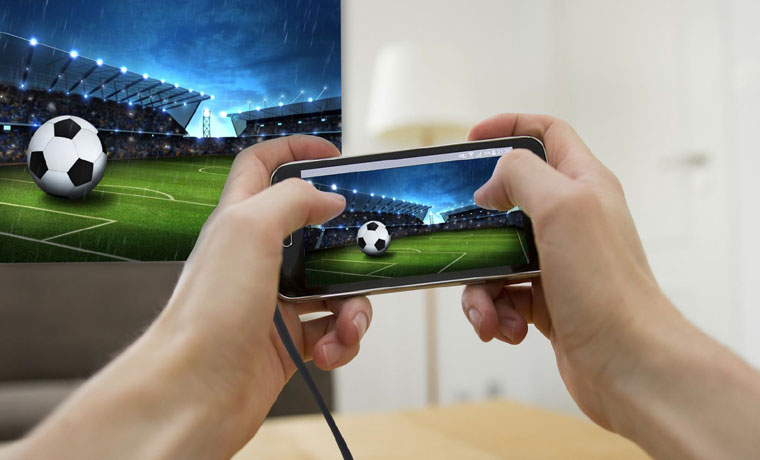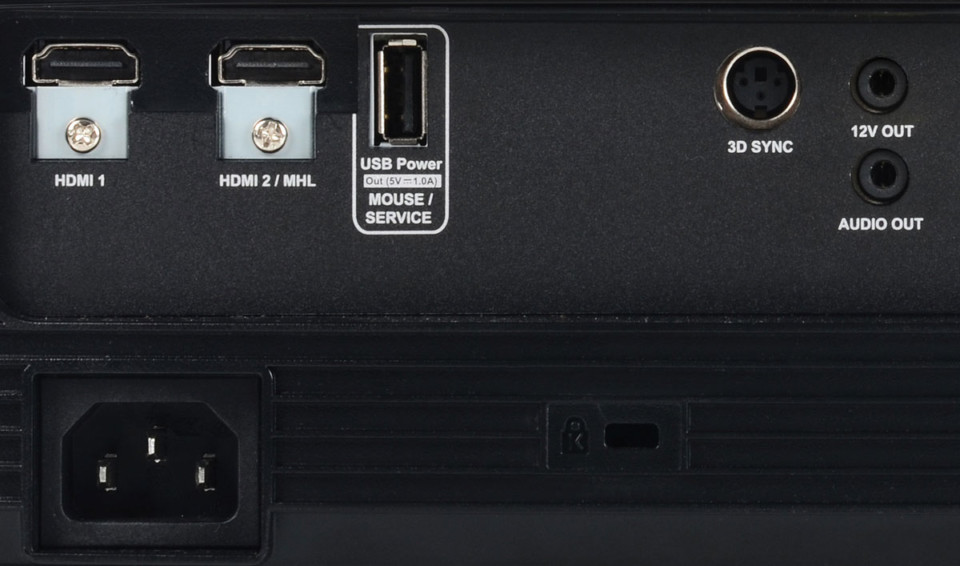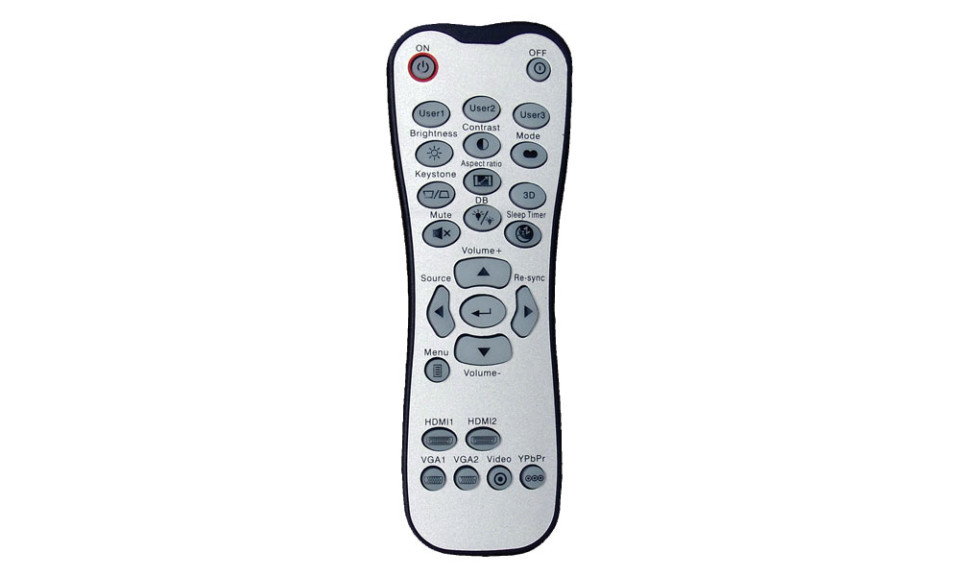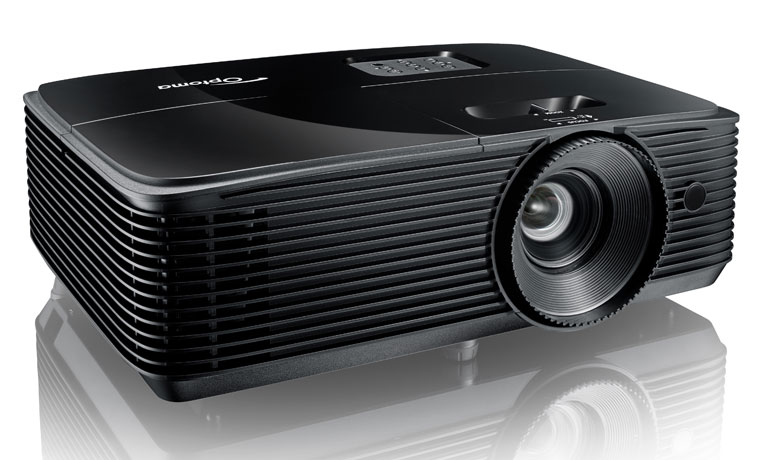Unfortunately, dynamically changing the brightness of the lamp in this manner is not nearly as good as using a dynamic iris, which is much quicker to respond than the lamp itself. As a result, I would expect to see obvious "pumping" as the lamp dims and brightens. This is much more effective in laser-illuminated projectors because lasers can be modulated much faster than lamps, but such projectors are also much more expensive.
Another important feature is called Reference mode, which is said to accurately reproduce 100% of the BT.709 color gamut. For more vivid colors, you can crank up the BrilliantColor control, another part of TI's technology suite. Both features are supported by a new RGBCYW (red, green, blue, cyan, yellow, white) color wheel. The white segment increases brightness at the expense of black level, but Dynamic Black compensates for that.
The new model is well-suited for video gaming as well. The input lag is specified at 16ms in Enhanced Gaming Mode, which is about the same as the lag measured for the HD143X in our review. In general, an input lag of 55ms or less is acceptable, while a lag in the mid-30s is considered good. The HD243X's input lag of 16ms is awesome, which will greatly please serious gamers.
3D might be gone from new flat-panel TVs, but it's still going strong in projectors. The HD243X supports all 3D formats, including side-by-side at 1080i50/60 and 720p50/60, over-under at WUXGA24 (1920x1200 at 24 fps) and 720p50/60, and frame-packed at WUXGA24 and 720p50/60. Viewing 3D requires an optional RF transmitter and compatible active-shutter glasses. Optoma no longer offers these accessories, but you can easily find them online from companies like Xpand.
Happily, the HD243X offers ISF Day, Night, and 3D calibration modes. These modes let you—or a professional technician—calibrate the projector for optimum performance with ambient light, in the dark, and for 3D content, respectively. These modes are normally locked so they can't be inadvertently tweaked; you need a special code to access them, which you can get from your dealer or calibrator.
One feature I haven't seen before automatically adjusts the picture according to the wall color in the room. You can choose light yellow, light green, light blue, pink, gray, and "blackboard" (presumably black, not the dark green of many school blackboards). You can also turn this feature off, which is certainly where I'd start. Of course, I would take a look at how these settings affect the picture, but I bet I'd end up keeping this control off.
Like many home-entertainment projectors, the HD243X provides an onboard audio system with a speaker driver and a 10-watt amplifier. This is handy if you want to use it where there is no external sound system, but it's only a single speaker, whereas some competitors offer stereo or even stereo with surround effects. In any case, it's undoubtedly a far cry from just about any outboard speaker. Fortunately, the projector offers an audio-output jack that sends the audio signal to a speaker system, which should give you much better sound quality.
One feature that's missing from the HD243X—and, to be fair, most other projectors—is a suite of built-in streaming apps that can be found in so-called smart TVs these days. Optoma and LG offer a few "smart projectors" with streaming apps, but this is still fairly rare. Of course, most folks get their online content from a streamer such as Roku or Amazon Fire TV, which can easily be used with the HD243X.

